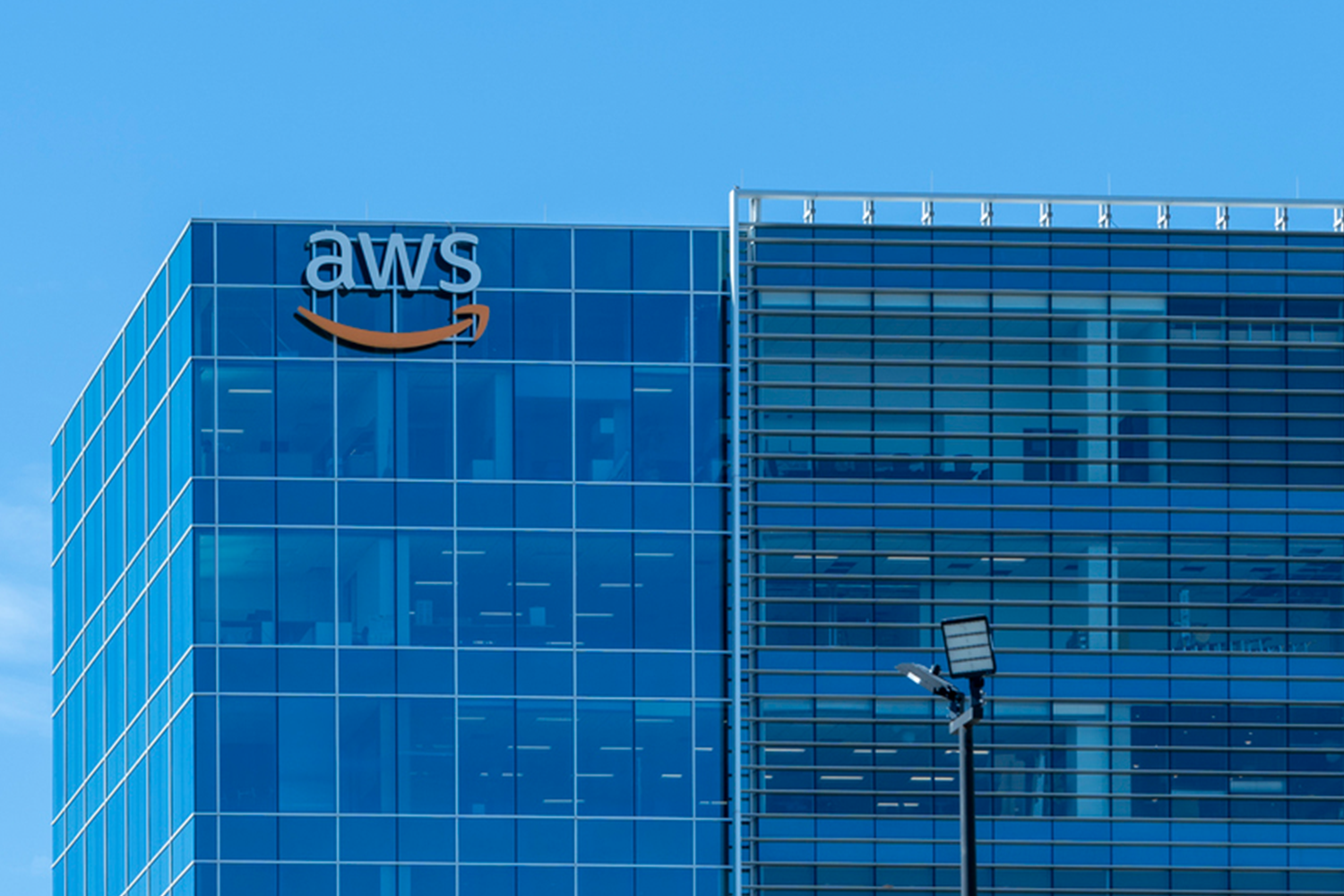Don’t Let a Public Cloud Provider be Your Single Point of Failure
Amazon Web Services, the dominant public cloud provider, had a massive outage with its primary impact on Monday, October 20. Ring security cameras, overheating adjustable beds, and a “who’s who” of major apps malfunctioned or became inoperable during the outage. Over 1,000 organizations were impacted. As this is being written 48 hours after the initial incident, the effects of the outage are still apparent across the internet, including with Amazon itself. Respected infrastructure journal The Register commented, “the real victims were the gadgets that revealed how ludicrously cloud-dependent our creature comforts have become.”
As we have documented, cloud outages are hardly new, and AWS has had its share. The sheer complexity of these cloud networks can cause issues and increase human error, and that is the combination that appears to be in play in this week’s outage. There were over 3,000 cloud and ISP outages in 2024 but the trend has been to fewer incidents and less downtime in 2025, though the outages that do happen appear to be more impactful, and that is certainly the case here.
The complexity of public cloud systems makes cloud outages inevitable. If your IT workloads don’t require the particular advantages of public cloud you may want to consider more traditional data center infrastructure. Your availability is likely to improve and ordinarily it will be a more cost effective solution as well.
Whatever infrastructure strategy you pursue, the ability to minimize the occurrence of outages and reduce their impact when they do occur is critical. Our Direct LTx white paper: Maintaining High Availability: 9 Critical Steps to Take for Disaster Recovery Success, outlines specific, actionable strategies for outage risk mitigation. Download it by clicking here.

